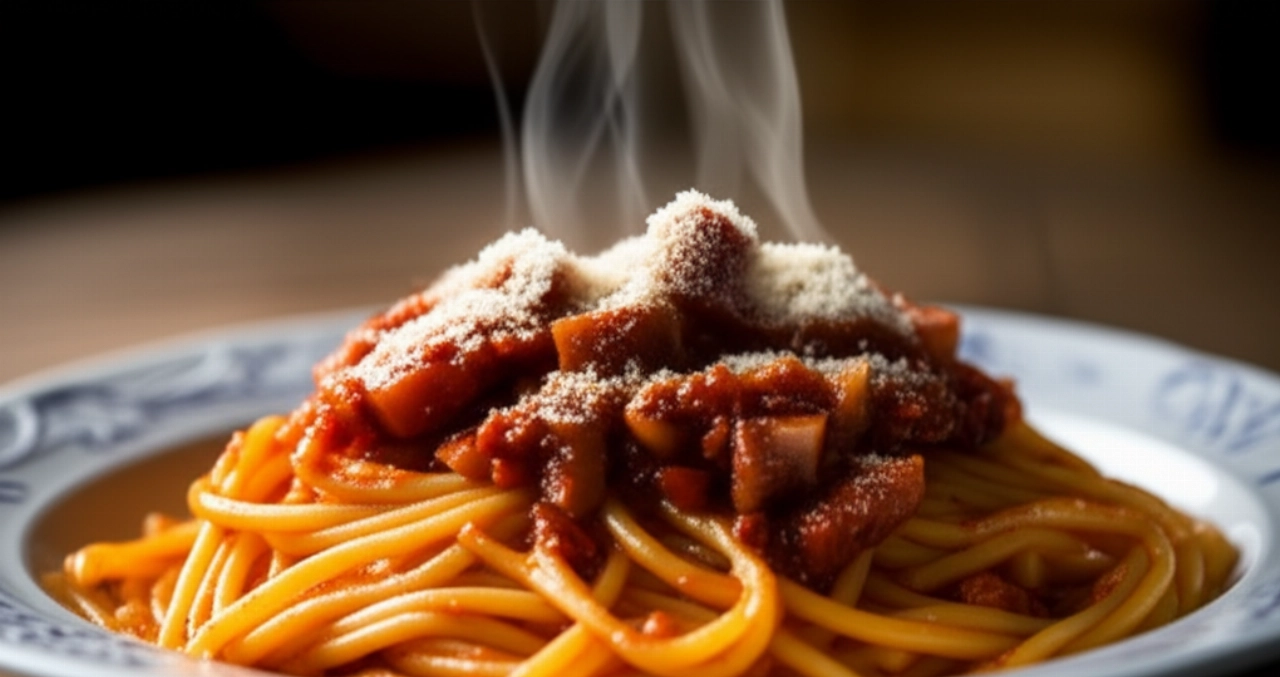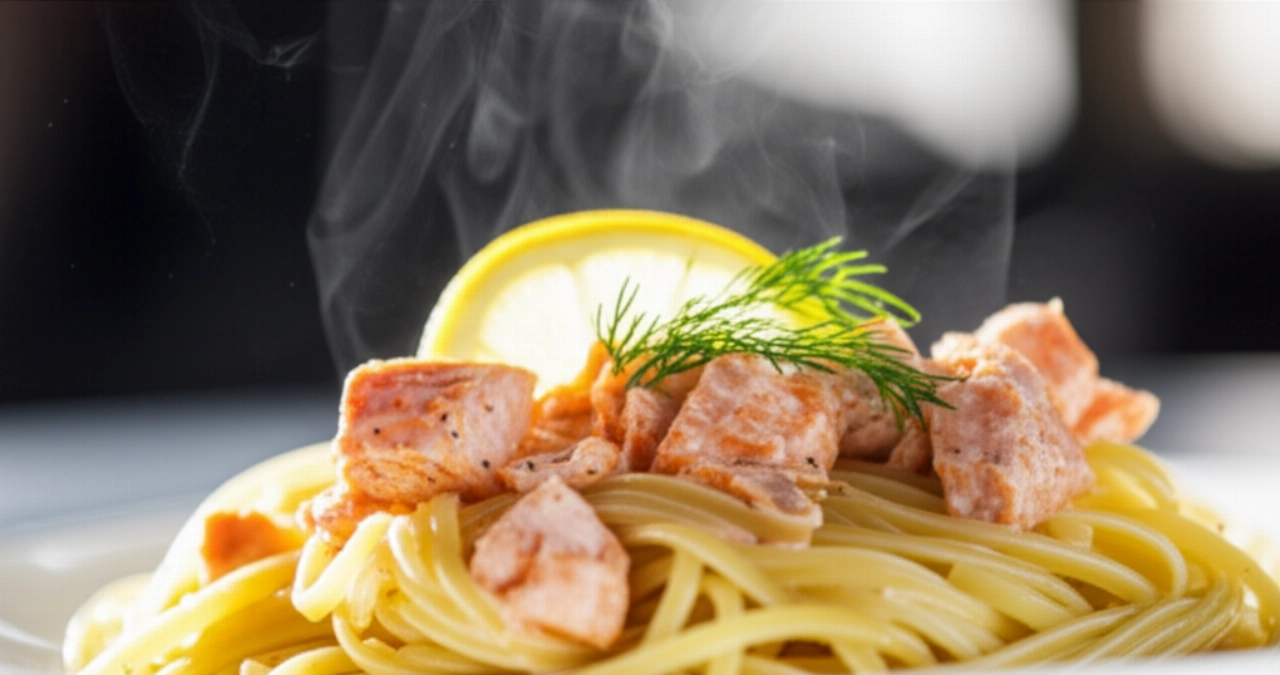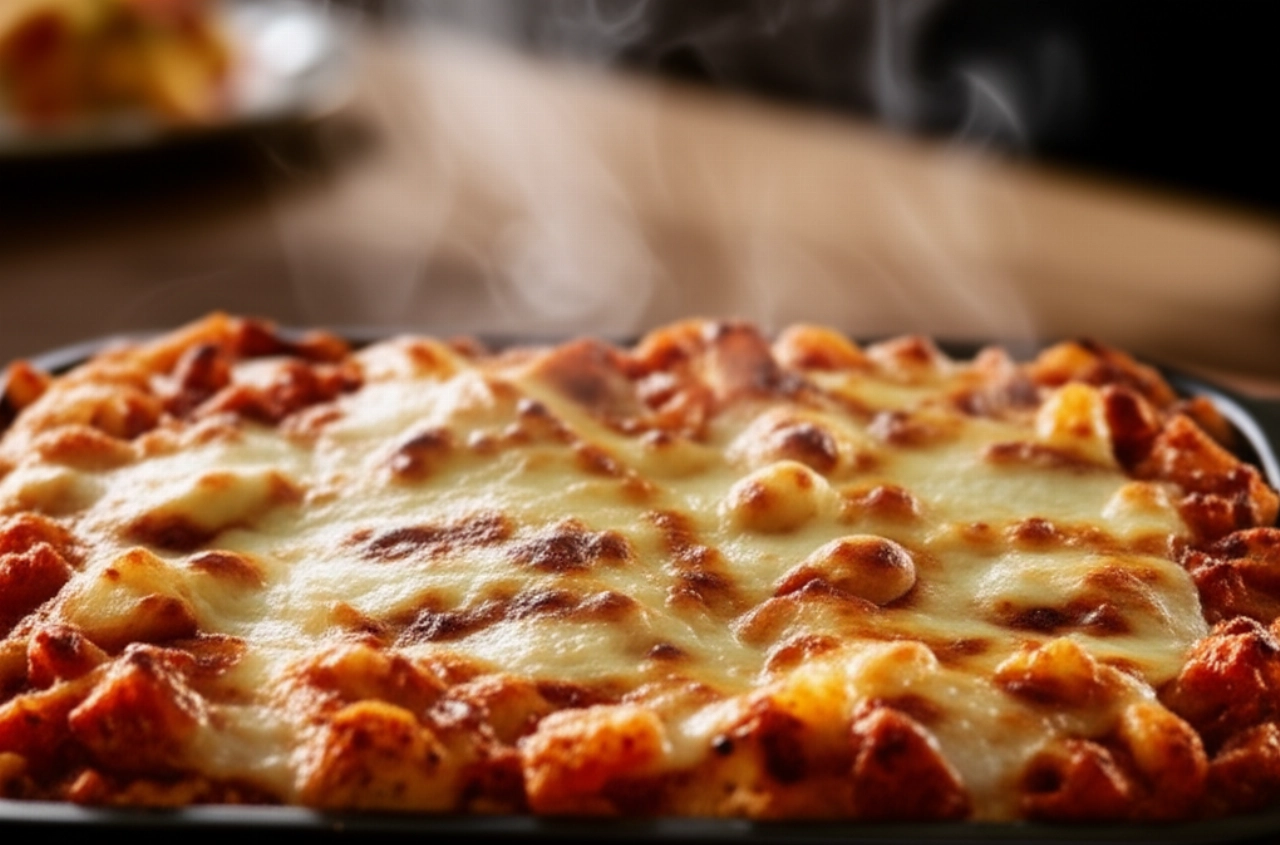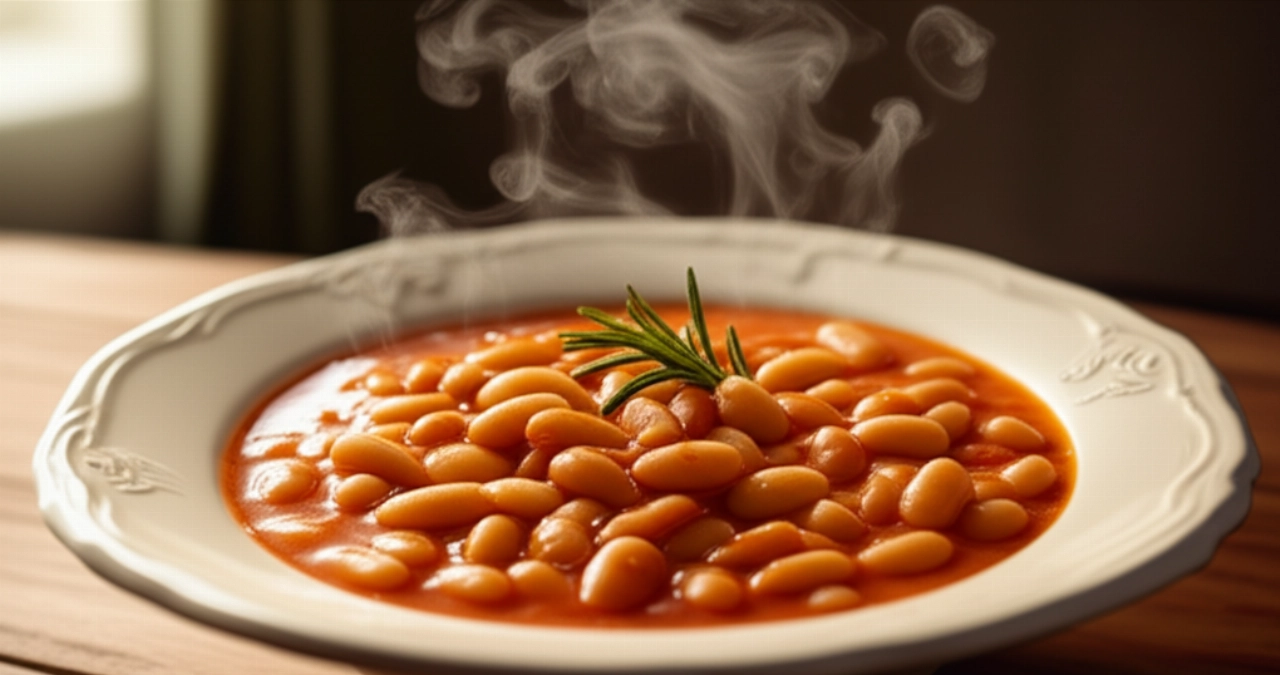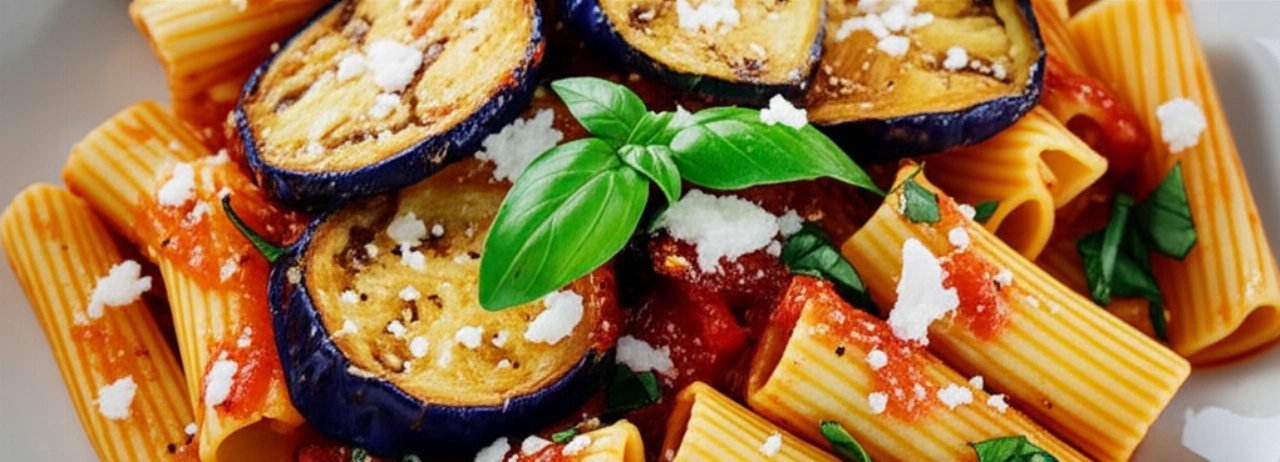Do you dream of bringing to the table a dish that smells of Rome, of tradition and true flavors, with that enveloping creamy sauce and crispy guanciale that make you close your eyes at the first bite?
Too often, however, Gricia turns into an anonymous dish, the guanciale burns or the pecorino becomes stringy instead of creating a creamy sauce. It seems impossible to replicate the magic of Roman trattorias at home, doesn't it?
Make yourself comfortable. On this page, you won't just find a list of ingredients, but the definitive guide, full of tricks and tips, to prepare the most authentic and delicious Gricia Pasta of your life. Success is guaranteed, and you'll feel like a true Roman chef!
Our strategic focus for Gricia Pasta is AUTHENTICITY AND FOOLPROOF SIMPLICITY. The promise is: "No more imitations. I'll guide you step-by-step to achieve the true Gricia, the one with few ingredients but an unforgettable flavor, without fear of making mistakes and with the certainty of a result worthy of applause."
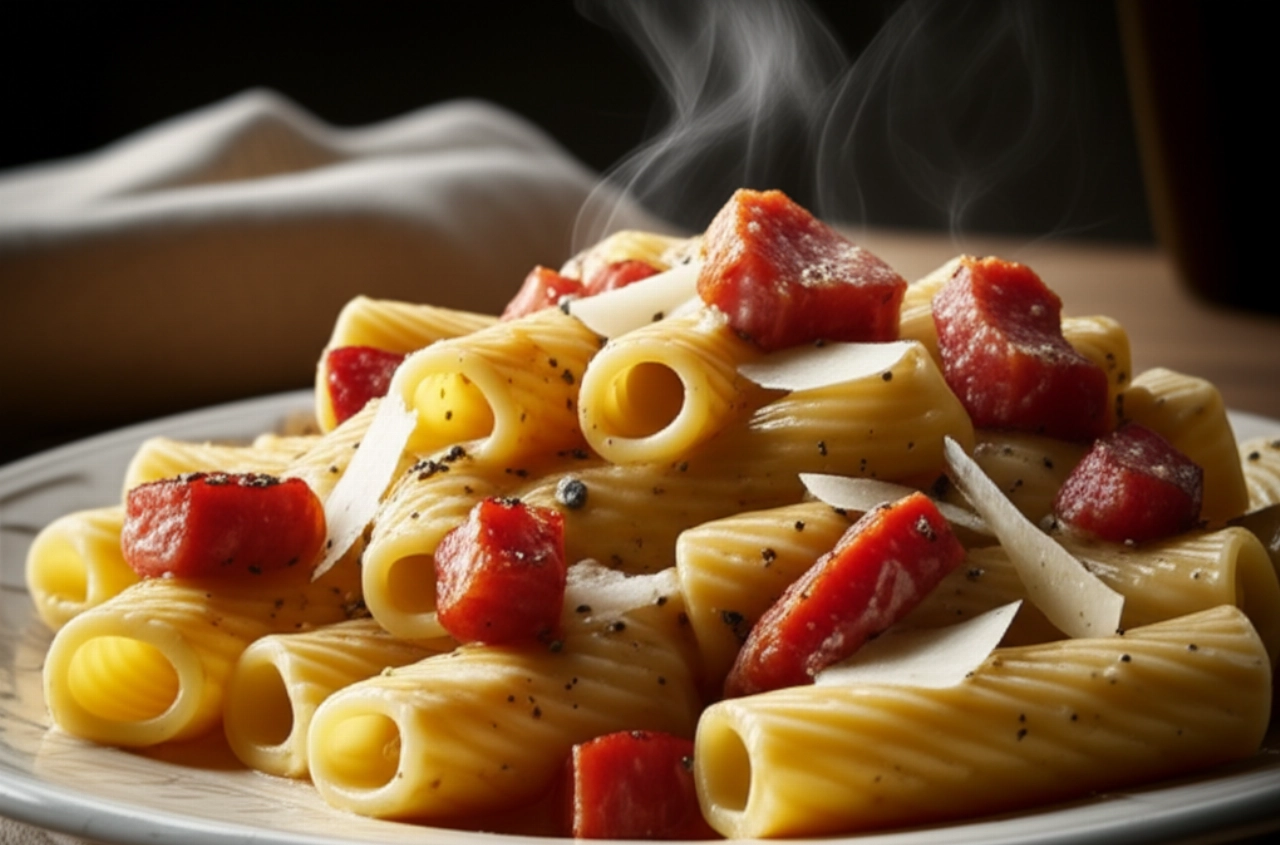
Smart Ingredients for a Textbook Gricia: The Choice That Makes the Difference
- Guanciale from Amatrice or Norcia: This is the heart of Gricia! Not pancetta, not bacon. Guanciale, with its well-balanced lean and fatty parts, will release flavorful fat and an unmistakable crispiness. Choose high-quality guanciale; it's essential.
- Pecorino Romano PDO: The king cheese of Roman cuisine. It must be aged, savory, and grated at the moment. It's what will give your dish its creaminess and decisive flavor.
- Black Peppercorns: Freshly ground at the moment, it will release an aroma and spiciness that will make all the difference. Do not use pre-ground pepper; it loses all its fragrance.
- Pasta: Rigatoni or Mezze Maniche: Short, ridged pasta is perfect because it "captures" the sauce. Choose high-quality, bronze-drawn pasta that holds its shape well during cooking and releases starch for the creamy sauce.
- Coarse Salt: For the pasta cooking water.
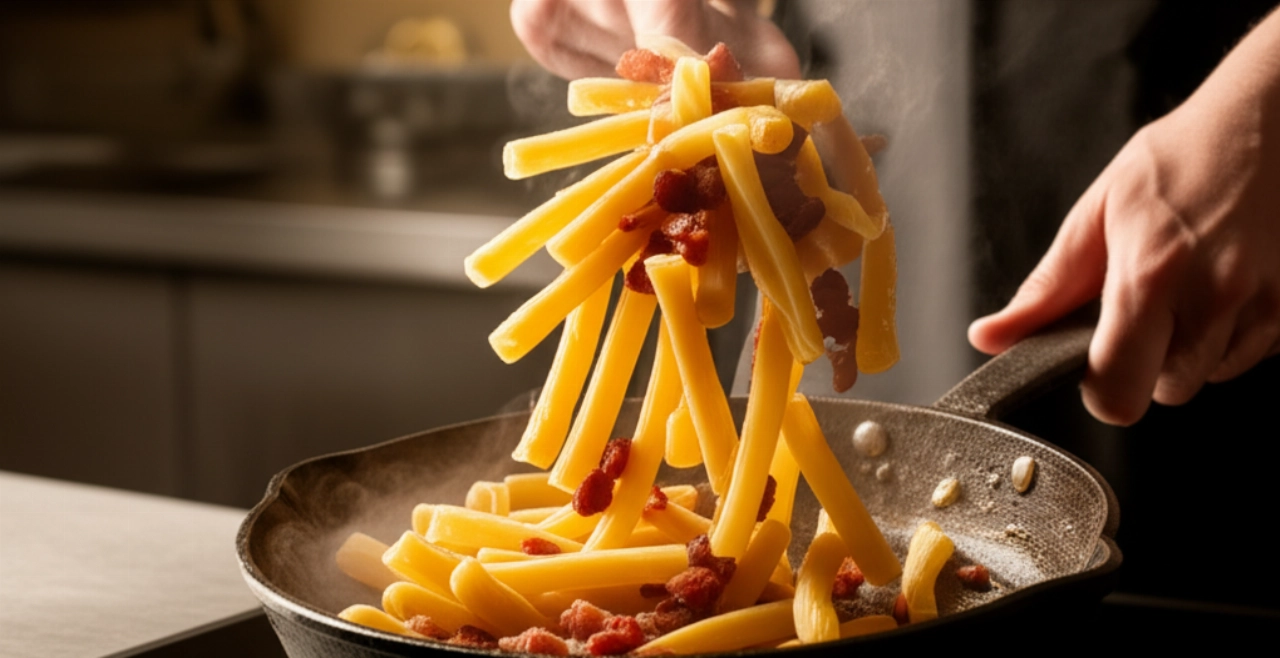
The 3 Mistakes That Ruin Gricia (and How to Avoid Them)
Preparing Gricia seems easy, but there are pitfalls that can turn a masterpiece into a disaster. Here's how to avoid them:
- Burnt or Limp Guanciale: Guanciale should be cooked over low, slow heat, without rushing. It needs to become crispy and golden, releasing all its precious fat. If you cook it too quickly, it burns on the outside and remains limp on the inside, or worse, doesn't release enough flavor.
- Stringy or Lumpy Pecorino: Pecorino should not be added directly to boiling pasta or hot guanciale. It should be tempered with a little pasta cooking water, off the heat, to create a smooth, homogeneous cream that will bind perfectly.
- Undressed or Too Dry Pasta: Gricia is not just pasta and guanciale. The creaming (mantecatura) is the secret! You need to add the pasta to the guanciale, combine the pecorino cream, and work quickly with a little cooking water to create that enveloping sauce that binds everything together.
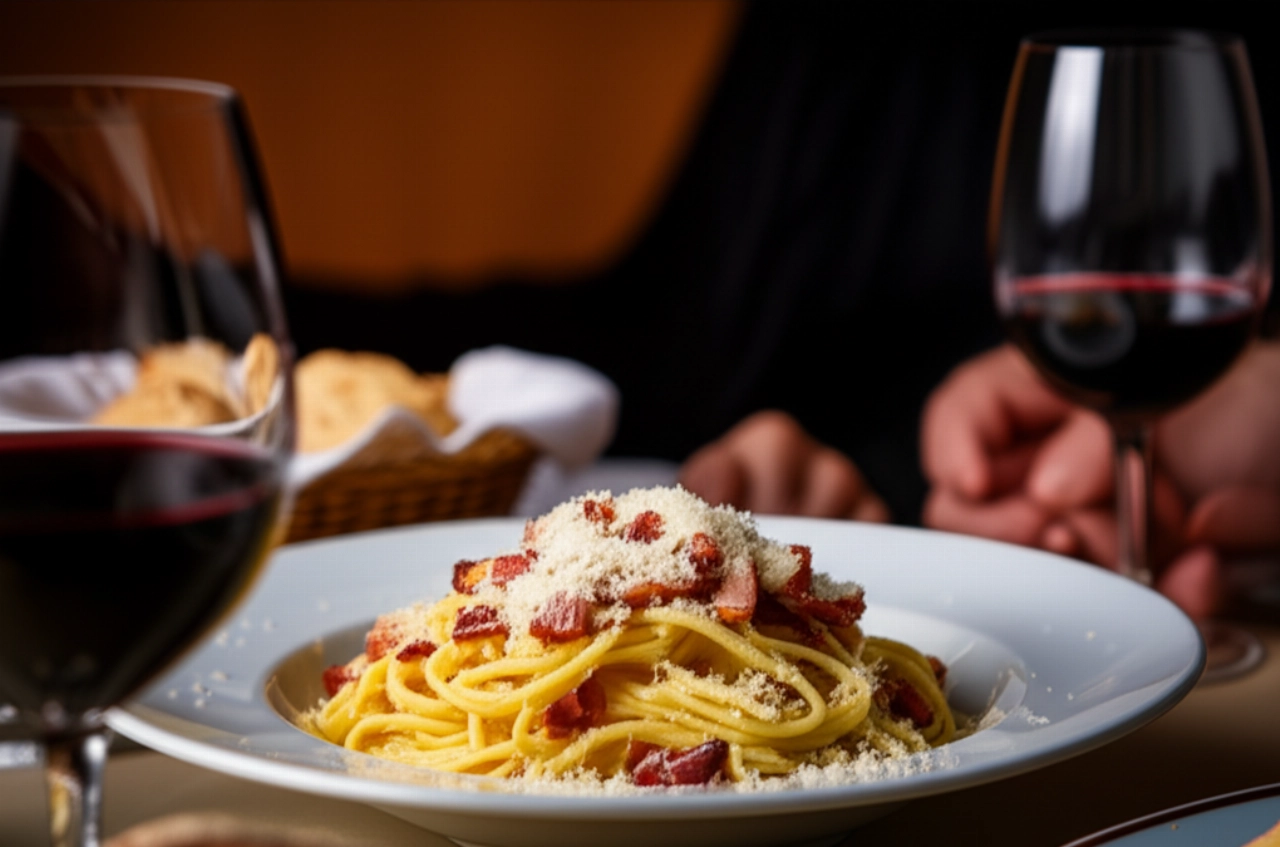
Grandma's Secret: The Touch That Makes Gricia Inimitable
I remember my grandmother, with her expert hands, explaining to me: "Grandchild, Gricia is simplicity, but with attention. The real secret is not just the quality of the ingredients, but how you treat them. When you toss the pasta in the guanciale, always add a ladleful of warm, but not boiling, cooking water to 'awaken' the fat and help it bind better to the pasta even before adding the pecorino. This creates an incredible flavor base and helps the final creamy sauce be perfect." A golden tip that makes all the difference!
Let's Prepare Gricia Pasta Together: The Step-by-Step Guide
Follow these steps and success is guaranteed. Prepare all ingredients before starting; it's the first step to avoid mistakes!
- Prepare the Guanciale: Remove the rind from the guanciale (you can use it to flavor a sauce in the future!). Cut the guanciale into strips about half a centimeter thick or into cubes. Place it in a cold non-stick pan, without adding oil.
- Cook the Guanciale: Turn the heat to low. Let the guanciale slowly render, releasing its fat. Stir it often until it is golden and crispy. This will take about 8-10 minutes. Once ready, remove the guanciale pieces from the pan and set them aside on paper towels. Leave the precious fat in the pan.
- Prepare the Pecorino Cream: While the guanciale is cooking, finely grate the Pecorino Romano. Place it in a large bowl. Add a generous grinding of fresh black pepper. When the pasta is almost cooked, take a ladleful of cooking water (lukewarm, not boiling!) and add it little by little to the pecorino, stirring vigorously with a whisk or fork until you get a smooth, lump-free cream.
- Cook the Pasta: Bring plenty of salted water to a boil in a large pot. Calculate about 10 grams of coarse salt for every liter of water. Cook the pasta (rigatoni or mezze maniche) for the time indicated on the package, or even one minute less; it should be very al dente.
- Perfect Creaming (Mantecatura): Drain the pasta directly into the pan with the guanciale fat (do not discard the cooking water!). Add a ladleful of cooking water and start tossing the pasta. This step is crucial for creating the emulsion.
- Add the Cream: Remove the pan from the heat. Add the pecorino and pepper cream to the pasta. Start stirring vigorously and tossing the pasta, adding more warm (but not boiling) cooking water little by little, if necessary, until you get an enveloping creamy sauce that binds all the ingredients. It should be neither too liquid nor too thick.
- Serve and Enjoy: Plate immediately. Garnish each portion with the reserved crispy guanciale pieces and another sprinkle of freshly ground black pepper. Serve immediately and enjoy the applause!
Tips and Frequently Asked Questions about Gricia Pasta
- Can I use pancetta instead of guanciale?
Absolutely not, if you want the true Gricia! Pancetta has a different flavor and texture. Guanciale is the key ingredient for authentic flavor and the right fat for the creamy sauce.
- How do I prevent the pecorino from becoming stringy?
The secret is temperature. Do not add the pecorino directly to boiling pasta or to the hot pan on the stove. Remove the pan from the heat, wait a moment for the temperature to drop slightly, then add the pecorino cream tempered with lukewarm cooking water. Stir vigorously and you'll see a perfect cream form.
- Can I prepare Gricia in advance?
Gricia is a dish meant to be enjoyed fresh. The guanciale loses its crispiness and the creamy sauce dries out. I recommend preparing and serving it immediately to fully enjoy all its flavors and textures.
- What is the secret to a truly flavorful Gricia?
The quality of the ingredients is fundamental: excellent guanciale, Pecorino Romano PDO, and freshly ground black pepper. And then, patience in cooking the guanciale and the correct creaming (mantecatura). These are the pillars of authentic flavor.
There you have it! Now you don't just have a recipe, but all the secrets to bring a dish to your table that tastes of Rome, tradition, and love. A true embrace of flavors that will conquer everyone.
Don't be afraid to experiment. Cooking is an act of creativity. But start with this solid and foolproof base, and you'll see that applause will not be lacking. You'll feel like a true "guardian" of Italian cuisine!
Have you tried our recipe? We are very curious to see your masterpiece! Leave a comment below, tell us how it went, or share a photo on Instagram tagging @CercaRicette.it. If you loved this Gricia, you can't miss our recipe for the perfect Carbonara Pasta or another Roman classic like creamy Cacio e Pepe Spaghetti.
